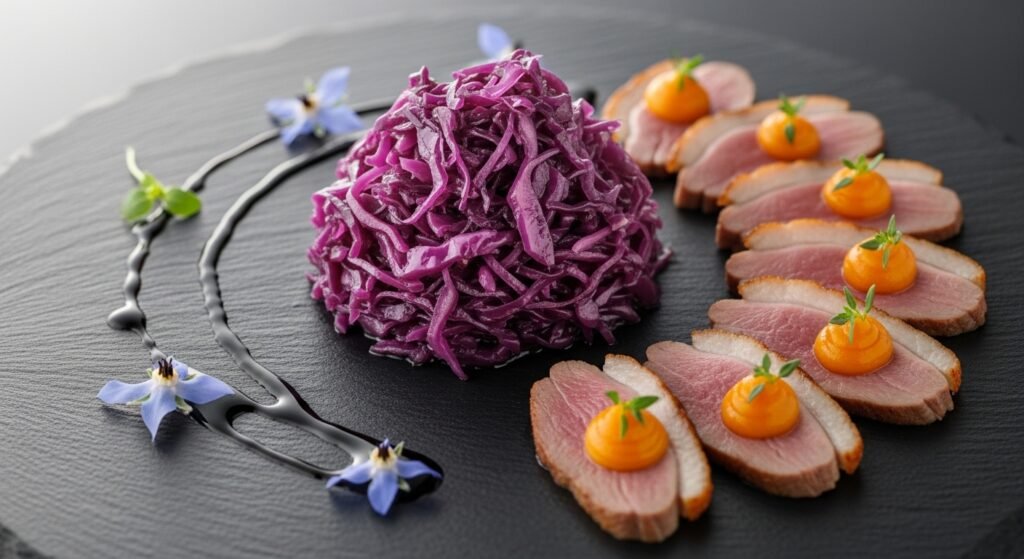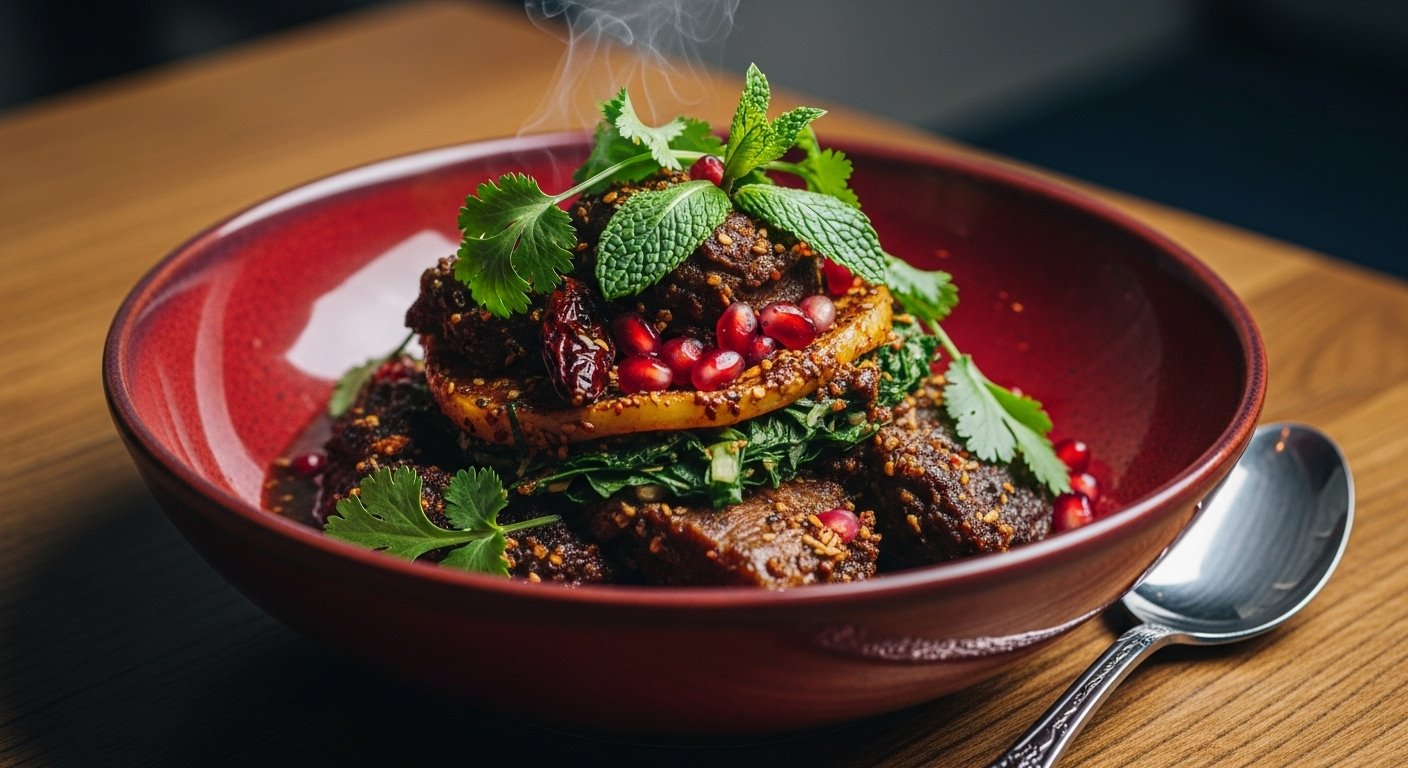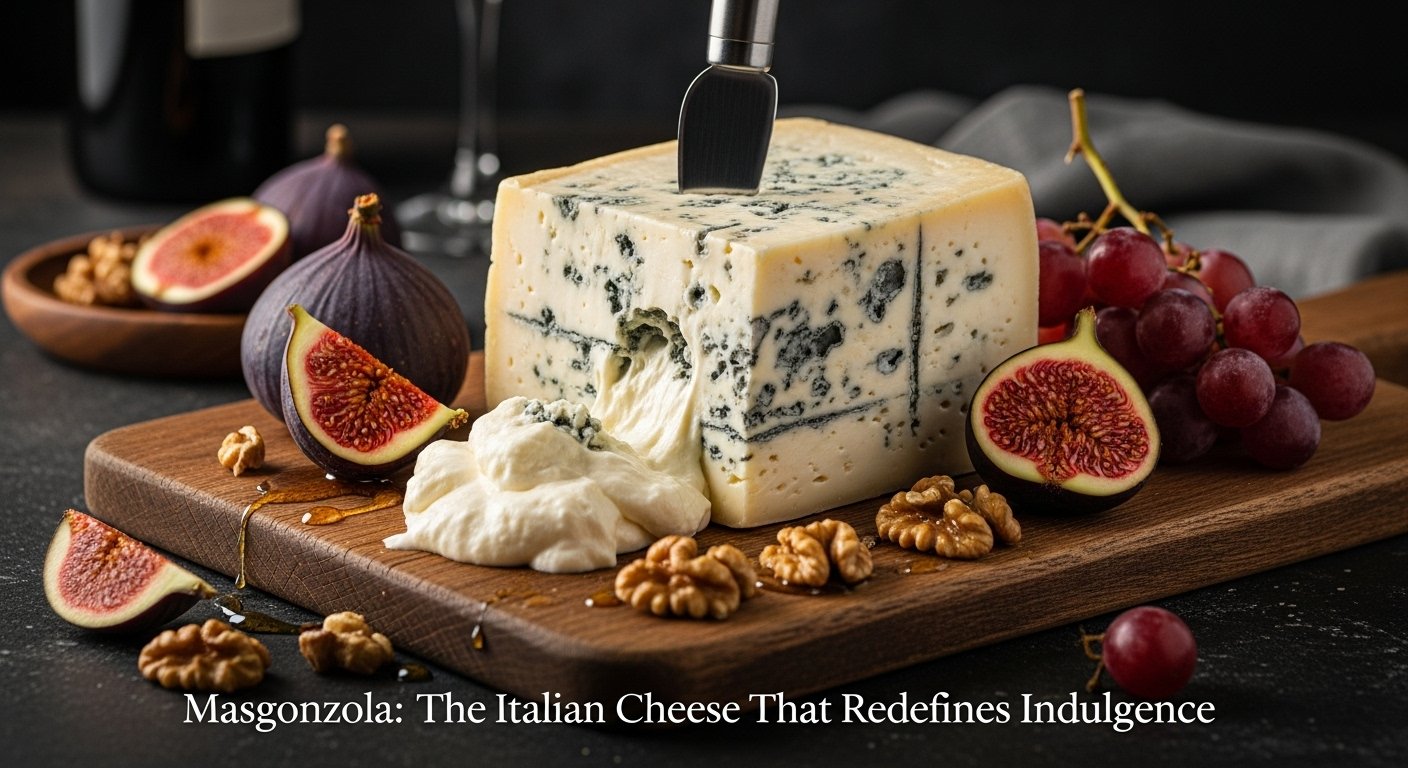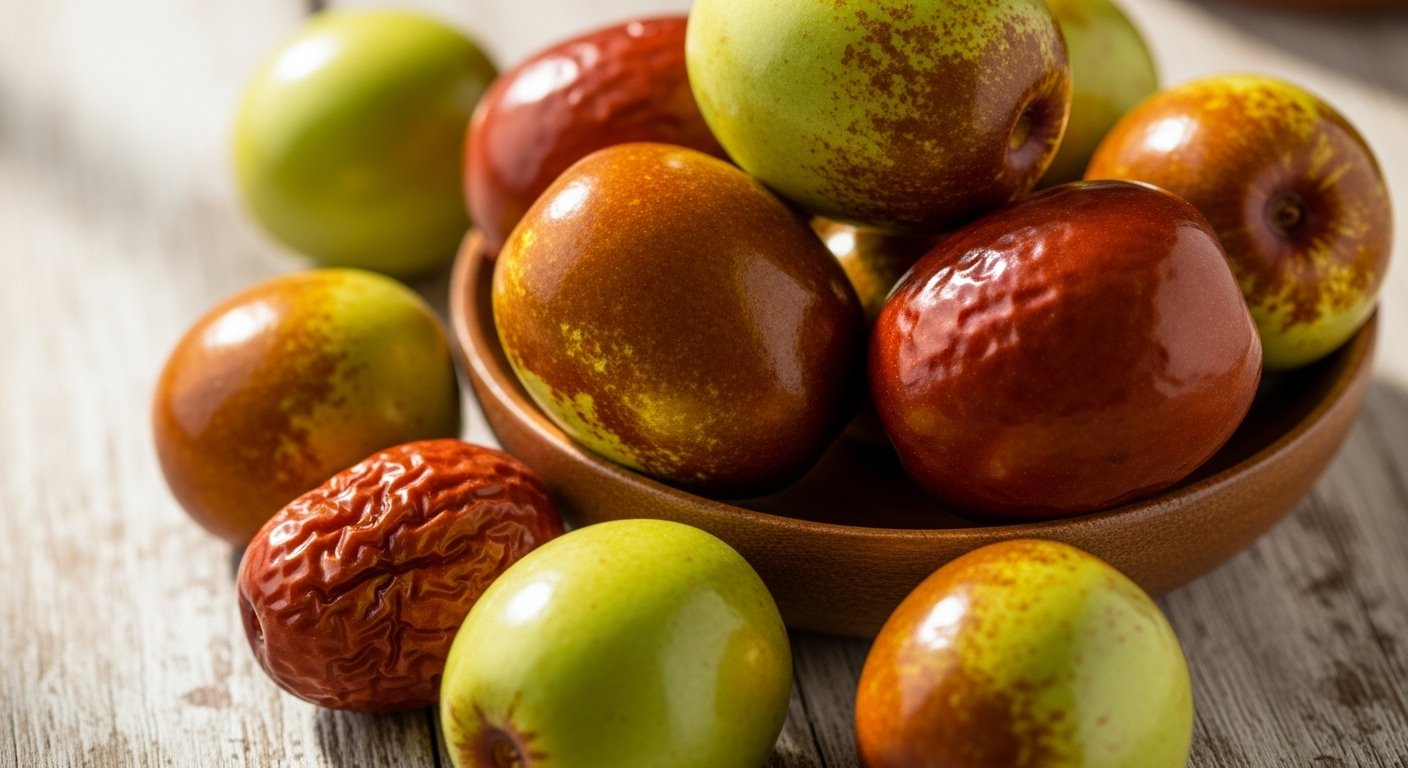Soutaipasu: The Enigmatic Flavor Profile of This Unique Dish
Table of Contents
In a world full of delicious food, there’s always something new to discover. One dish that has quietly been gaining attention is soutaipasu. The name itself is mysterious, and many people are curious about it. What is soutaipasu? Where does it come from? And most importantly, what does it taste like? These are the questions food lovers everywhere are beginning to ask. Whether you’re a casual diner, a curious traveler, or a home cook looking for a new recipe, this article is for you. Soutaipasu isn’t your average dish. It combines flavors in a way that’s both comforting and surprising, creating a balance that’s hard to describe but easy to love. In this guide, we’ll break down everything you need to know about soutaipasu—from its flavor profile and ingredients to how it’s made, served, and even how to cook it yourself. If you’re ready to explore a dish full of culinary charm and unexpected taste, let’s take a journey into the world of soutaipasu and uncover its secrets.
What Is Soutaipasu?
Soutaipasu is a unique dish that blends multiple flavor elements into one unforgettable bite. It’s not found in every cookbook, and that adds to its charm. The dish is considered part of fusion cuisine, meaning it brings together ideas from more than one food culture. Its name has puzzled many, but foodies believe it may hint toward a balance of flavor and texture. The word “soutai” can relate to bodies or forms, and “pasu” sounds like “pass” or “pasta,” depending on pronunciation. Put together, soutaipasu takes the shape of a dish that feels familiar yet different. The usual components include a creamy or umami-rich base, paired with something crisp, fresh, or mildly spiced. The result is a plate that plays with contrast—soft and crunchy, warm and cool, sharp and mellow. If you’ve never tried soutaipasu before, you’re in for a tasty surprise.
The Origins of Soutaipasu
While the exact origin of soutaipasu is still debated, most believe it was created by home chefs mixing global techniques. It may have started in Asia but has slowly appeared in food circles across different countries. Some suggest it began as a chef’s experiment to modernize comfort food by adding layers of spices and textures. Others see it as a happy accident—when two dishes came together and clicked. Today, soutaipasu is often highlighted in fusion restaurants, cooking blogs, and food festivals. The dish doesn’t come from one single culture, and that’s part of what makes it so fun. Its ingredients vary, but the goal stays the same: surprise your taste buds. As more food lovers share their own versions, the dish continues to grow in popularity, carried by flavor rather than fixed traditions.
The Signature Flavor of Soutaipasu
The flavor of soutaipasu is hard to describe in just one word. That’s because it changes slightly depending on how it’s made. But one thing is always true—it balances bold and gentle flavors perfectly. You might taste a bit of garlic or ginger mixing with a creamy sauce. Then there’s a snap of something crispy, like fried shallots or thin-crust toppings. Some versions of soutaipasu include a hint of tang from lime or vinegar, which brightens the rich flavor. Others add a little heat with chili or pepper paste. Layers of salty, sweet, and umami work together, often rounded out with a touch of sweetness or a light herb. This careful balancing act is what makes soutaipasu stand out. No bite feels the same. Each one gives your mouth something new to explore without being overwhelming. It’s comfort food for the curious eater.
Ingredients That Make Soutaipasu Special

What goes into soutaipasu? The base is often the biggest clue. Common ingredients include creamy sauces made from soft cheeses, coconut milk, or miso. Proteins like tofu, shredded chicken, or marinated beef might be the star, while colorful vegetables like bell peppers, scallions, or roasted carrots act as flavor boosters. Texture is key, so crispy toppings such as panko crumbs, toasted nuts, or flash-fried herbs often finish the plate. Some versions look like a bowl dish with rice or noodles, while others are plated like a baked casserole. What makes soutaipasu exciting is how it encourages flavor play. You can pair spicy sauces with soft grains, or cool toppings over steamed proteins. Even adding fresh herbs like cilantro, basil, or chives gives the dish an edge. The ingredients may change, but the experience stays unforgettable.
How Soutaipasu Is Served
Soutaipasu is all about the balance of feeling and flow, so how it’s served matters just as much as what’s in it. Most of the time, you’ll find soutaipasu served in bowls rather than on flat plates. This helps hold sauces, steam, and toppings together so every bite blends perfectly. Some restaurants choose to go bento-style, with each flavor placed in neat sections before being mixed on the fork or spoon. Home cooks might bake soutaipasu in small ramekins, with golden topping crusts added right before serving. It’s not just about appearance—it’s about temperature and timing. You want to serve soutaipasu warm or hot so the creamy parts stay silky and the toppings stay crunchy. Cold versions can also work if ingredients are fresh with bold dips or sauces on the side. However you serve it, soutaipasu invites the eater to mix flavors their own way.
Soutaipasu Around the World
One exciting thing about soutaipasu is how chefs around the world make it their own. In Japan, soutaipasu might include soba noodles with miso cream, slices of egg, and scallion crunch. In the U.S., you might see a version that uses mac and cheese as a base with spicy kimchi and garlic oil. Mediterranean-style soutaipasu might mix hummus, grilled lamb, and spicy yogurt dressing. It’s not stuck to any one format. That’s what makes it such a global food. Every adaptation takes the same rule—contrasting textures and bold, blended flavors—and turns it into something new. You’ll find adaptations popping up in fusion cafes and experimental eateries. Some food trucks have made their whole menus around creative dishes like soutaipasu, turning curious eaters into repeat fans thanks to the flavor adventure they offer in every bowl.
Making Soutaipasu at Home
The beauty of soutaipasu is that it’s simple to try at home. Start with a solid base—something soft and creamy like mashed sweet potatoes, couscous, or pasta. Add a body, such as grilled veggies, sliced meats, or even scrambled eggs for a fun brunch feel. Then come the sauces. Bold ones—like chili garlic oil, peanut dressing, or ginger-soy glaze—add sweetness, spice, or vinegar kick. Finally, the toppings. Choose one or two crunchy items: fried onions, crispy chickpeas, crushed crackers, or toasted seeds. Add herbs and maybe a soft-boiled egg on top for a final flourish. The idea is to give each bite a mix of textures and tastes. You don’t have to stick to any rule. That’s the fun. Whether it’s meatless, spicy, or sweet, soutaipasu lets you play. Try new versions each time, or stick to a favorite combo that always makes you smile.
Why Foodies Love Soutaipasu
Food lovers are always on the hunt for that “wow” bite—something new, something layered, and something comforting. Soutaipasu checks all those boxes. It keeps your mouth guessing in the best way possible. Every bite can offer something different, yet it all fits together. Food bloggers enjoy soutaipasu because it photographs beautifully with its mix of colorful toppings and creamy base. Chefs enjoy it because it invites creativity. And diners love it because it balances bold flavors without going too far. For lovers of spicy food, soutaipasu adds heat in a friendly way. For fans of textured dishes, it brings the contrast. Even people who like plain food often find soutaipasu to be a gentle way to try new ingredients without feeling overwhelmed. It fits many palates, which is why it continues to grow in popularity everywhere it shows up.
Is Soutaipasu Healthy?
Depending on what you put in it, soutaipasu can be incredibly healthy. The dish often includes vegetables, grains, lean proteins, and smart fats. It encourages small portions of bold flavors instead of heavy sauces. Homemade versions let you control salt, oil, and sugar levels while still keeping things exciting. If you’re following a specific diet—vegan, gluten-free, low-fat, or high-protein—it’s easy to tweak soutaipasu to match your needs. Want to go lighter? Use mashed cauliflower, grilled tofu, and lemon tahini sauce. Want to build muscle? Use quinoa, grilled chicken, and add a poached egg with avocado drizzled in sesame oil. Tailor the dish to your lifestyle, and it becomes not just tasty, but smart. So yes, soutaipasu can be healthy—especially when cooked with care and fresh ingredients.
Soutaipasu in Restaurants and Menus
More and more restaurants are adding soutaipasu or soutaipasu-style dishes to their menus, especially in fusion or modern urban cafes. Diners are looking for complex yet comforting meals, and this dish delivers exactly that. Menu descriptions may call it something playful like “East-West Bowl” or “Flavored Layer Delight,” but the structure resembles true soutaipasu—something creamy, something bold, and something crisp. Chefs love crafting it because they can rotate ingredients seasonally or locally. It also fits well into fast-casual restaurant models as it builds quickly and travels well for delivery. For chefs wanting to stand out, adding soutaipasu is a way to surprise regular guests and draw in curious newcomers. As the term becomes more recognized, expect to see even more variations on menus near you.
Future of Soutaipasu in Global Cuisine
What’s next for soutaipasu? Based on its growing internet buzz and restaurant popularity, the dish is just getting started. Just like ramen, poke, or burrito bowls became big hits outside their original locations, soutaipasu has that same flexible excitement. As people crave food experiences with story, flavor, and surprise, dishes like this one will grow. Expect to see frozen versions, quick kits, and even healthy fast food versions in the future. With its ease to customize and mix cultures, soutaipasu fits the modern table perfectly. It connects flavor lovers who want unique meals with everyday eaters who want something fun but simple. That’s the beauty—it crosses borders with flavor, not language. And honestly, with one bite, it just might win you over too.
Conclusion
Food is more than just something we eat—it’s something we feel, share, and remember. And soutaipasu is the perfect example of that. It’s not tied to one place or one style. It’s colorful, balanced, and always evolving. Whether you try it in a trendy café or make it at home, soutaipasu offers a creative, delicious experience that leaves a lasting impression. It invites play with your favorite ingredients and tells your taste buds a new story every time. As you’ve seen, this dish isn’t just popular because it’s fun to say. It’s popular because it brings people, flavors, and ideas together in a way that’s truly special. So the next time you’re in the mood to try something new, why not make your own version of soutaipasu? Mix and match, serve it warm, top it with crunch, and share it with friends. Once you taste it, one thing is certain—soutaipasu is here to stay.
FAQs
1. What exactly is soutaipasu?
Soutaipasu is a fusion-style dish with a creamy base, bold flavors, and crunchy toppings for texture and taste.
2. Is soutaipasu spicy?
It can be, but not always. You control the flavor. Add chili if you love heat, or keep it mellow.
3. Can I make soutaipasu without meat?
Absolutely! Many soutaipasu dishes are vegan or vegetarian-friendly with tofu, mushrooms, or plant-based toppings.
4. Do restaurants serve soutaipasu?
Yes, especially in fusion or trendy cafes. The name may vary, but the flavor style is becoming more popular.
5. What’s the best sauce for soutaipasu?
There’s no single best one. Try garlic miso, sesame-soy, chili oil, or even creamy pesto. Play with your favorites!
6. Is soutaipasu easy to cook at home?
Yes! It’s a flexible dish. Use what you have in your kitchen and follow the layered format of soft, bold, and crisp.








Post Comment